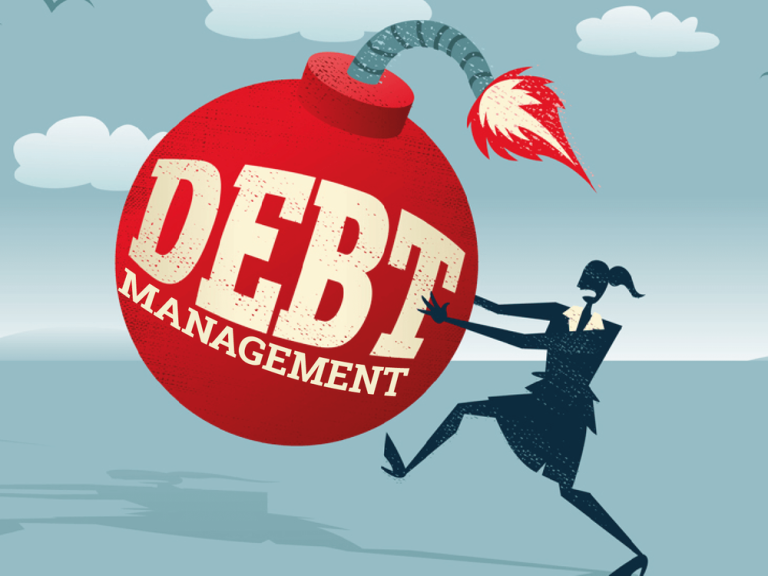As parents, we often find ourselves pondering the best ways to set up our children for a successful future. One of the most impactful choices we can make is to explore various investment options for children. Starting early can make a significant difference when it comes to building a solid financial foundation. Today, let’s delve deeper into the many avenues available for investing in our kids’ futures and discuss how each option can potentially benefit them in the long run.
Understanding Investment Options for Children
The world of investing can be daunting, especially when we think about it in relation to our children. The good news is that there are several investment options for children that can be both educational and financially rewarding. From savings accounts to stocks and bonds, it’s all about choosing the right strategy that suits your family’s financial situation and goals.
Starting With Savings Accounts
One of the simplest investment options for children is establishing a savings account. Many banks offer special accounts designed specifically for kids, often featuring no minimum balance requirements and lower fees. These accounts can help teach children the importance of saving and managing money from a young age.
Moreover, some banks even provide a small interest rate, allowing your child to see their money grow over time. It’s never too early to instill healthy financial habits! As children watch their savings accumulate, they will learn the value of patience and delayed gratification.
Exploring Investment Options for Children: Stocks and Bonds
Once your child has a solid understanding of saving, you may want to consider introducing them to stocks and bonds. Investing in these assets can be a thrilling way for children to learn about the stock market and gain insight into how investments work. With platforms available that allow for fractional shares, even a modest amount can allow you to invest in big-name companies.
By encouraging your child to pick their own stocks—perhaps a favorite toy or tech company—they may become more engaged in the process. This hands-on approach to investment options for children can spark conversations about how businesses operate and the risks associated with investing.
The Benefits of Custodial Accounts
A custodial account, like a Uniform Transfers to Minors Act (UTMA) account, is another excellent investment option for children. These accounts allow parents to manage assets on behalf of their children until they reach a certain age, typically 18 or 21. What makes custodial accounts unique is their flexibility in terms of the kinds of investments you can make, such as stocks, bonds, or even real estate.
Opening a custodial account can turn into a captivating learning experience for your child. Tracking the performance of their investments provides an opportunity for discussions about market dynamics, economic indicators, and why diversification is crucial. All these concepts lay a groundwork for future financial literacy.
Investment Options for Children: Visual Aid

This image illustrates the array of investment options for children, showcasing the diversity and significance of starting investments early in life. With proper guidance, children can take significant steps toward a profitable financial journey.
Real Estate: A Long-Term Strategy
While it may seem unconventional to think about real estate as an investment option for children, it certainly can be a fruitful strategy if approached wisely. Parents can open a 529 Plan, which typically allows for tax-free growth and withdrawals for qualified education expenses. Investing in real estate can accompany a 529 Plan, especially if a portion of your income from rental properties is allocated towards these accounts.
Owning real estate not only provides passive income but also enables your children to learn about property management, rental agreements, and even the real estate market itself. As they grow older, they’ll understand the concepts of equity and asset appreciation.
Teaching Kids About Mutual Funds
Another great investment option for children is mutual funds. These are professionally managed investment funds that pool money from multiple investors to purchase securities. Mutual funds can be an effective way for children to experience the market’s volatility while benefiting from diversification.
By explaining the concept of mutual funds in simple terms, children can begin to understand the importance of pooling resources and mitigating risk. Selecting mutual funds together can also open doors for discussions about how companies are chosen for inclusion and what factors contribute to their performance.
Investment Options for Children: Bonds as a Secure Choice
Bonds are another substantial investment option for children. When you purchase a bond, you are essentially lending money to a corporation or government in exchange for periodic interest payments and the return of the bond’s face value at maturity. Bonds tend to be less volatile than stocks, providing a certain level of security in a child’s investment strategy.
Teaching your child about bonds can serve as a useful lesson in understanding fixed income investing, as well as the significance of interest rates. As they learn about the bond market, they will appreciate how different economic conditions influence investment returns.
Encouraging Investment through Financial Education
Beyond choosing specific investment options for children, perhaps one of the most crucial aspects of this journey is fostering a desire for ongoing financial education. Engaging in discussions about money management, investment strategies, and financial goals can inspire kids to be proactive about their financial futures.
Encourage them to read books about investing, attend financial workshops, or even explore simulated trading platforms that can give them a taste of the real investment experience without the financial risk. This exposure can lay the groundwork for responsible financial habits that can last a lifetime.
Conclusion: The Future of Investment Options for Children
In conclusion, there’s a world of investment options for children that can empower them to take charge of their financial futures. From basic savings accounts to stocks, bonds, custodial accounts, and even real estate, the investment landscape offers diverse avenues to explore. By incorporating these options into their education, we can equip our children with the tools, knowledge, and confidence they need to navigate the financial world successfully.
Ultimately, introducing kids to investment options at a young age promotes financial literacy and prepares them for the future, enabling them to build wealth responsibly while understanding the value of patience, diligence, and strategic thinking. With the right support and resources, our children can learn to make informed decisions today that will create a brighter tomorrow.


